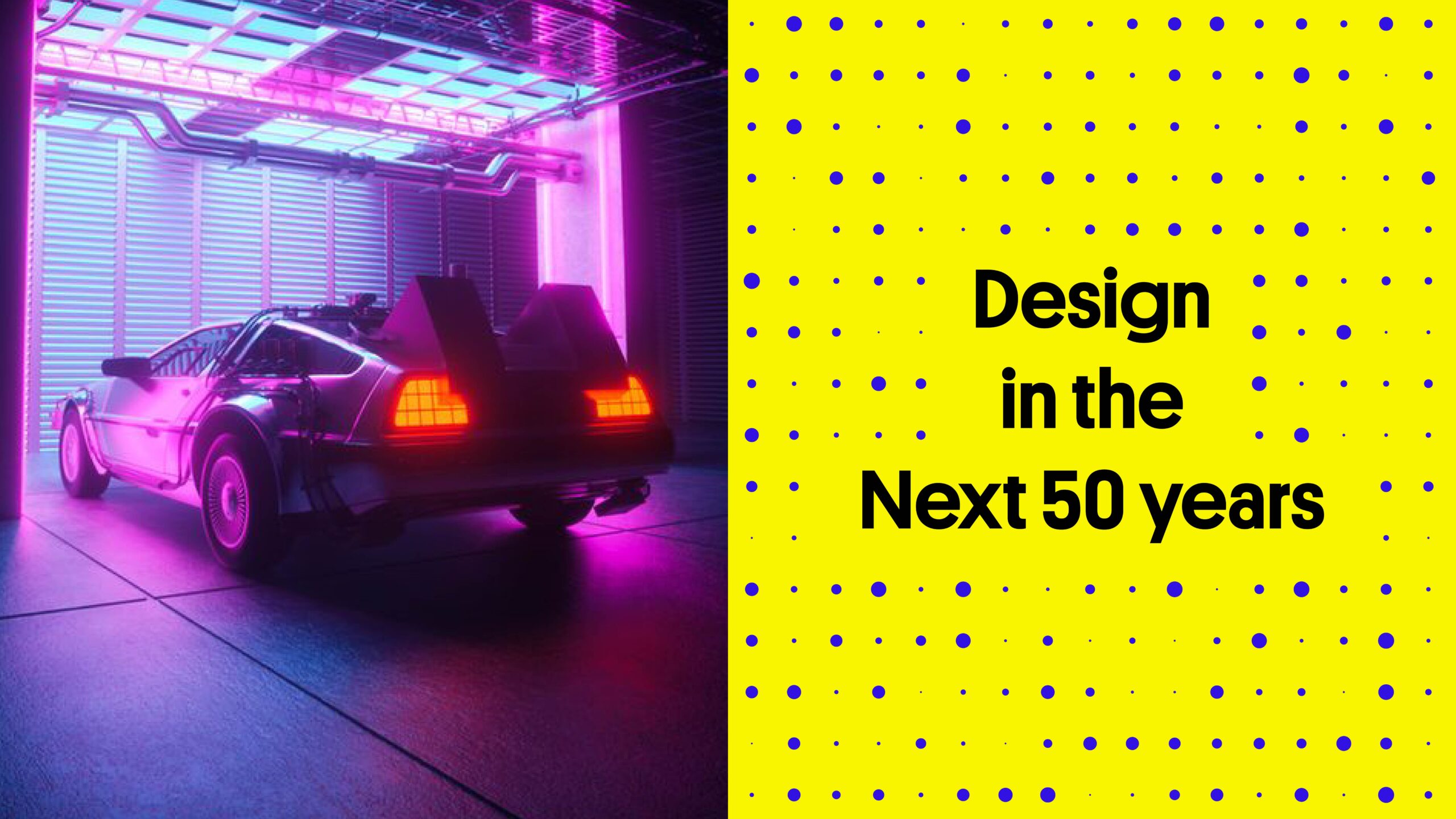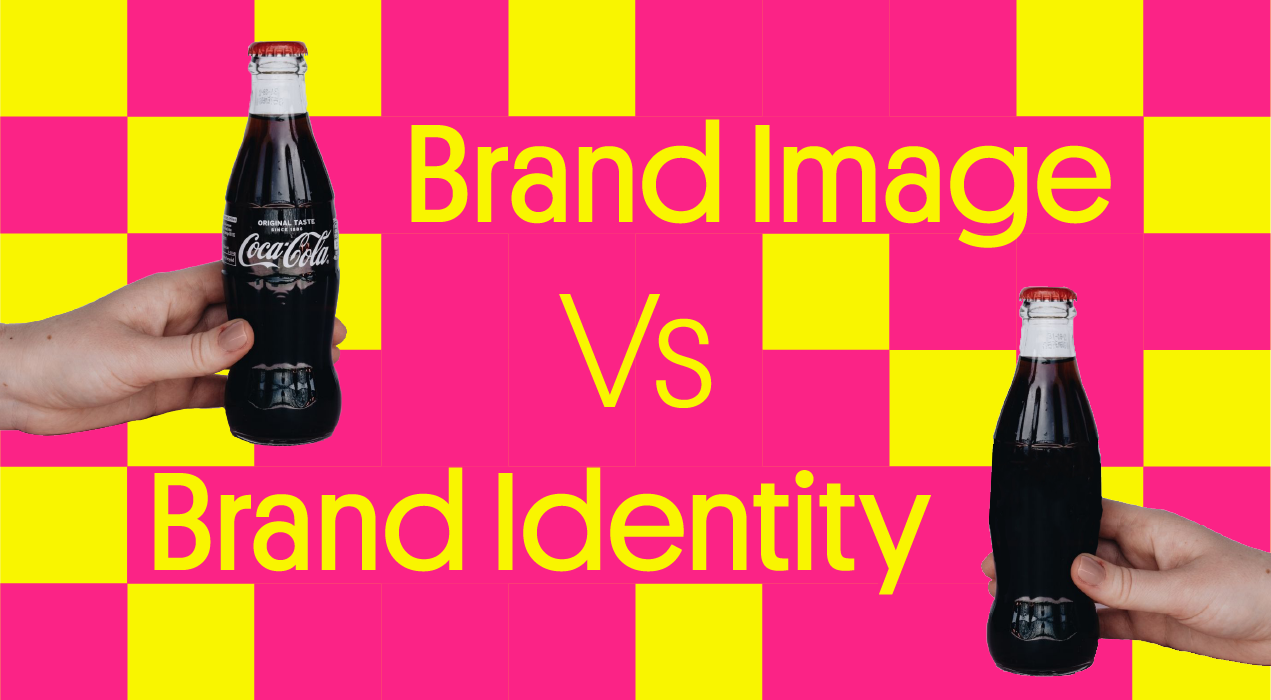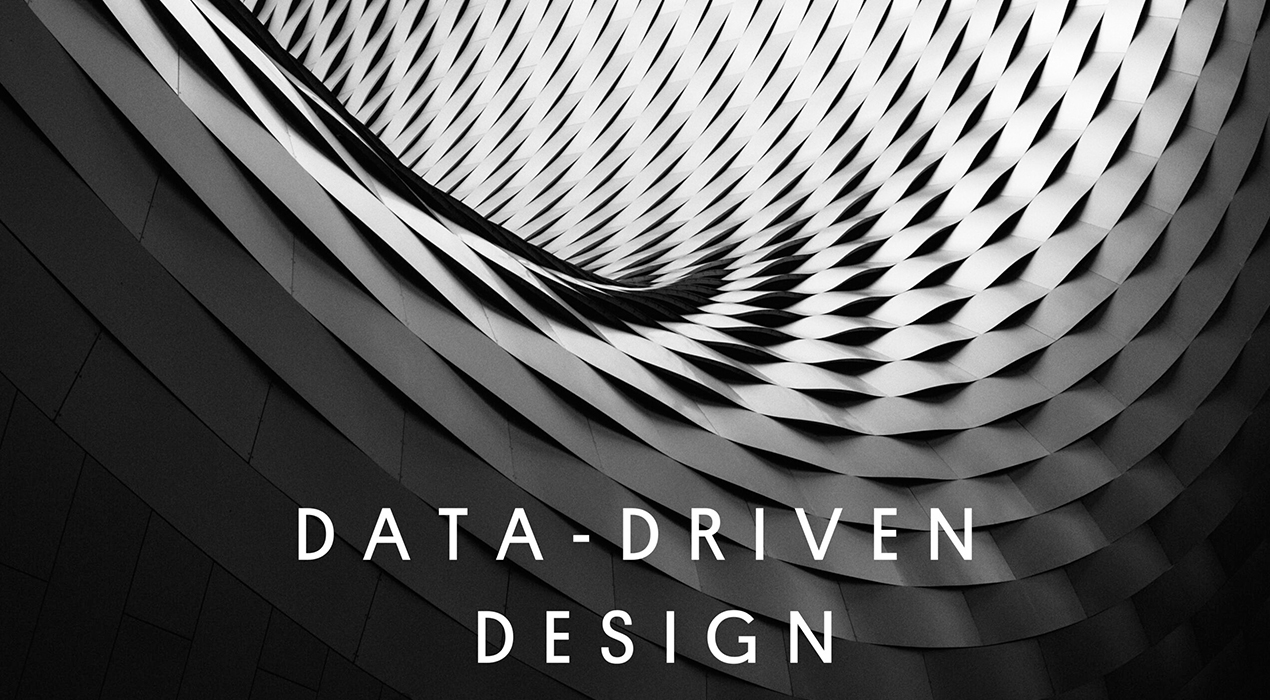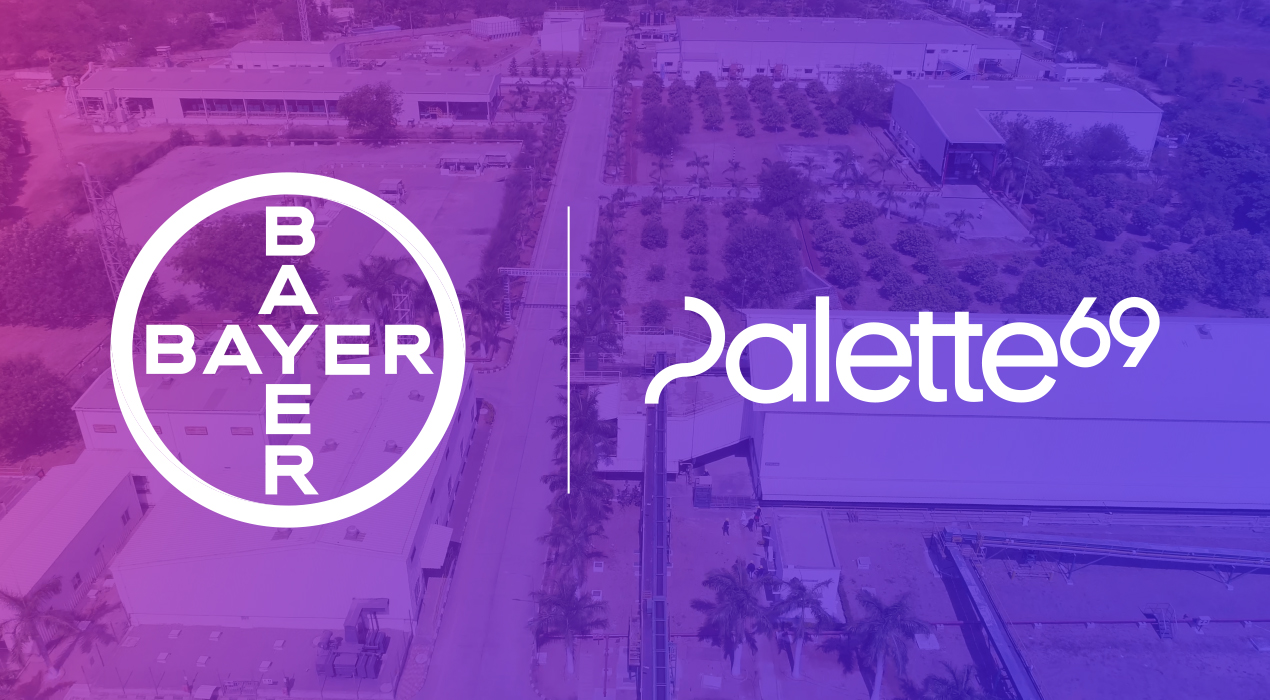From past to future, here’s the ultimate journey of design.
Design – What image does this six-letter word bring to your mind? Maybe a fancy high-rise building, or apparel from your favourite brand. Well, design isn’t limited to that. Design is everywhere.
The device you are reading this article on, the clothes you’re wearing right now, the couch you’re sitting on, the home you live in, everything you touch, hear, or see is a result.
A result of design.
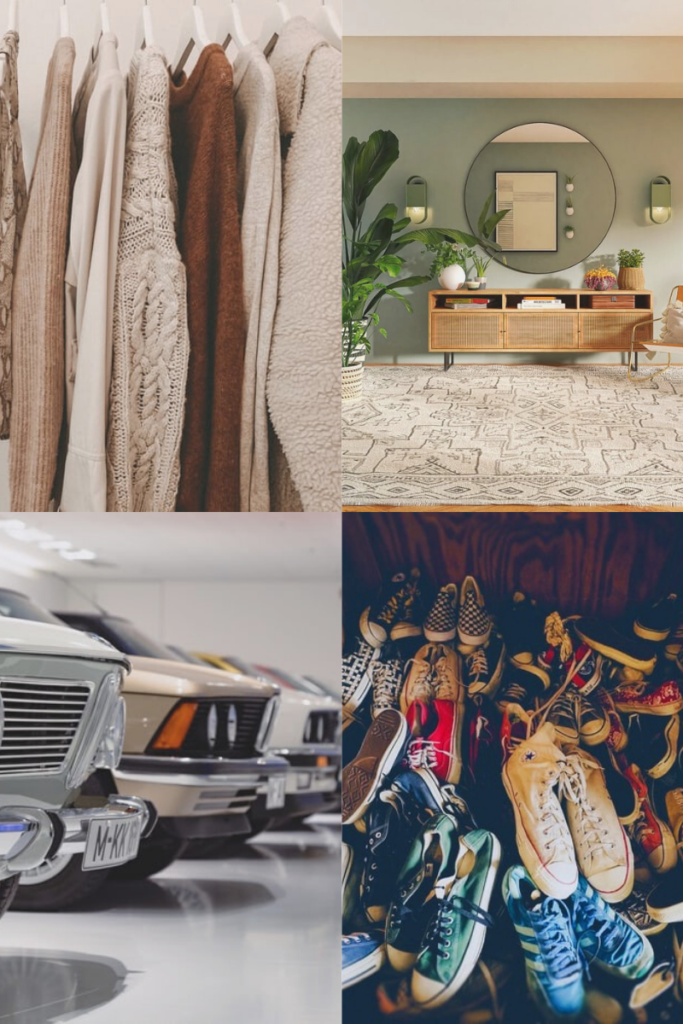
But, have you ever wondered what exactly is design? How did the design look decades ago? How did it become what it is today? What’s it going to be like in the coming, say 50 years?
If yes, then fasten your seatbelts because we are going to take you on a rollercoaster ride.
Let’s begin with – what is design?
It’s said that the word “design” comes from the Latin word designare. Designare is to draw a plan.
Design is both– a process and a result of the process. A process of imagining and planning the creation of objects. The result of which is a product or service or system – tangible or intangible, serving the purpose of design. The main purpose of design is to identify a problem and find its solution to enhance the experience of the users.
But isn’t it hard to imagine what life was like when shoes were made of grass or by stitching leather pieces? Everything started because of a real need. Shoes were simply designed to protect the feet from outside effects. However, this plain human need turned into a rapidly growing industry in which design emerged as an integral part just as functionality. There are designs, types, classes, colors, textures, and whatnot!
Does design have the power to influence our decisions?
Changing behaviour is hard. Isn’t it? How often do you achieve your New Year’s resolutions?
Here comes Behavioural Design into the picture. Behavioural design is a subcategory of design concerned with how design can shape and influence our behaviour. It has the power to persuade us to make decisions.

For example, Health and wellness applications such as HealthifyMe and Fitness Pal help users to track their calories, set reminders to drink water, and much more. When an application is designed to remind you to do a certain task, again and again, it is believed that it leads to a change in the behaviour of users.
The market is flooded with products that are designed in a way to influence our behaviour, be it nudging us towards our goals, making healthier eating choices, developing better habits, and more.
Design for behaviour change has been most commonly applied to areas like health and wellbeing, sustainability, safety, social context, and crime prevention. Design in its various forms such as objects, products, services, interiors, architecture, and environments can bring change to society.
But, creating such products and services is immensely difficult. The traditional design methodology wasn’t strong enough to tackle such challenges and thus came a revolution in the design industry.
Before fantasizing about how design is evolving and what it’s going to look like in the coming years, let’s take a sneak peek into how the role of design has evolved over the past 50 years.
From roads to codes, from maps to apps, design has come a long way.
Design as a concept is as old as humanity. But as a profession, it is more of a recent concept.
The role and definition of design have changed dramatically.
Decades back, a job of a designer was to sit at a desk and sketch designs with paper and pencil. There were only two purposes – improving the functionality or aesthetics or both. But today, design is no more limited to the “beautification of objects”. Design now is about creating unique human experiences.
The design industry has taken a huge leap from simply designing a product or service to designing an experience that leaves a long-lasting and charming effect on its user.
It is now all about establishing a genuine connection between customers and companies using the correct words, tone, images, design, and technology.
The design has evolved from making things usable to making them meaningful and delightful and beautiful and beyond.
The design has been learning from the users and adapting itself whenever the taste and preferences of a user change. From a needle to an aeroplane, the design walks hand in hand with the changes in the user’s needs and wants.
In the last few decades, the design has changed in terms of simplification, usability, accessibility, sustainability, feasibility, and much more. But, the path to such changes has been carved by none other than technology!
How has technology affected design?
Let’s dig deeper and study how technology has brought a revolution in the design industry.

From tedious kneaded erasers and typewriters to exciting 3D printers and graphic tablets, designing technology has come a long way. Technology has made the design process quicker, cheaper, easier, safer, and more sustainable.
From taking months to create a design to creating something and printing it in a few days, technological advancements have brought a huge revolution in design. Cumbersome tasks are now being handled with a click of the mouse using advanced tools like 3D printing, graphic tablets, and apps like Adobe Photoshop and Autodesk Maya.
Technological innovations have not only fastened the design process but also removed the risks associated with design. From fire extinguishers to car airbags, design paired with technology has created our lives safer.
In addition to this, technology has reduced the cost of designing. Technology has brought, designers, so many tools like Canva, and Adobe Photoshop which help them to create designs at a reduced cost. Social media sites like Pinterest, Etsy, and Redbubble, have increased the accessibility to the designs.
With these advanced tools and techniques comes a better quality of different designs, resolutions, and colors. Today’s design is so much more complex and detailed, that was once considered impossible to design.
Design and technology are going hand in hand.
Look at this amazing plan for LA. Los Angeles is retrofitting 4,500 miles of orange-yellow sodium-vapour streetlights with a moonlight-hued matrix of LEDs. Each lamp will link wirelessly to the Bureau of Street Lighting. This will inform the headquarters whether it’s on, off, broken, etc. Not just this, but in the future, lights will change differently in response to what’s happening around them, such as police or ambulances being on their way, or pedestrians walking down the road.
When LEDs are being used to save money, the eyes of LA are on a much bigger plan. Cost-saving plus safety plus sustainability, no wonder design and technology paired together are going to shape the future.
Driverless cars, drones, digital assistants such as Alexa and Siri, robots like Sofia and so much more exciting stuff. Among them, the biggest game-changer that design has introduced to the world is – Virtual and Augmented Reality.
Meet the new bad boys!
There’s a lot of buzzes these days around augmented reality and virtual reality.
They are technologies that provide greater depth to the design by letting users immerse and engage with the design and visualize concepts. Users travel to a reality where there are no boundaries between the physical and digital worlds.
Though VR and AR may sound similar, they’re two very different concepts.
Let’s dive into them one by one.
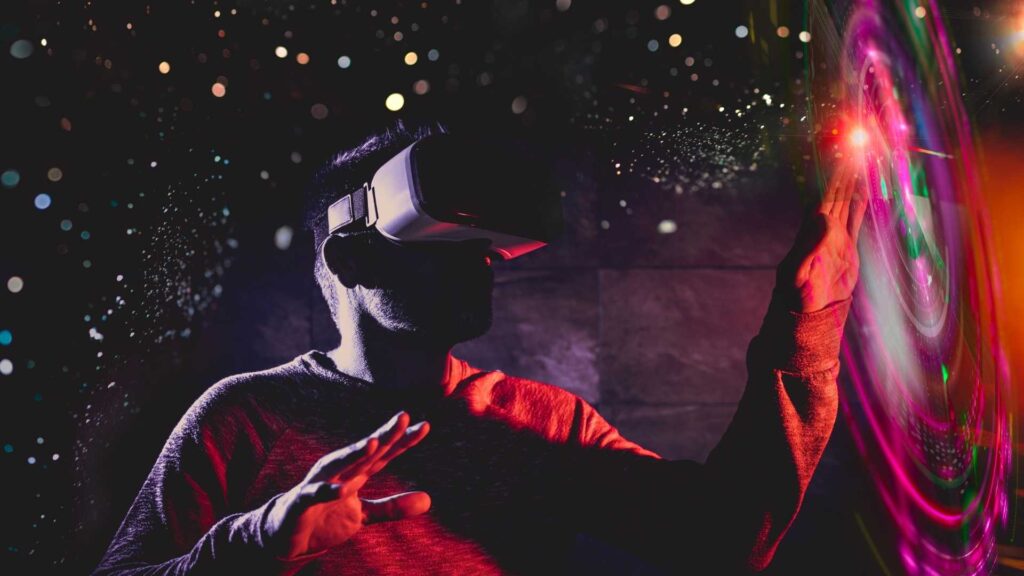
Augmented and Virtual Reality.
In VR, you wear a headset and enter into a whole new virtual world. A world where you won’t see real-world elements, but rather elements from the computer-generated world you’re in. VR doesn’t take into account where you are physical, it takes you to a world of its own.
The HTC Vive Cosmos, the PlayStation VR, the Oculus Quest, the Valve Index, and other headsets are some popular designs working on VR technology.
On the other hand, is AR. It combines the digital and real-world blurring their boundaries. AR adds to your surroundings, overlaying information on top of what you’re seeing.
For instance, Lenskart’s 3D Try On feature. You give access to your camera to Lenskart and you follow on-screen prompts to look left and right and let it record your face from multiple angles. Then when you try on a frame, you get a view of how the glasses look on you from different angles.
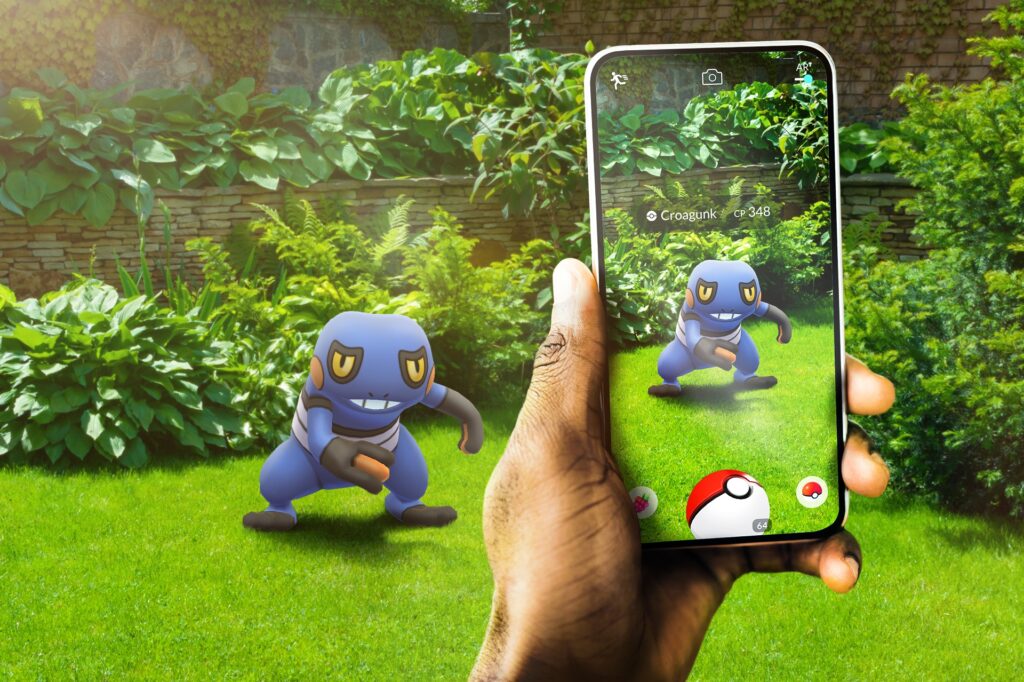
Apart from this, a game called Pokemon Go had gathered a lot of attention. In the game, players locate and capture Pokemon characters that pop up in your real world—on your sidewalk, in your bedroom, or wherever you go.
Not just this but Animated emojis on smartphones such as Apple iPhones, Samsung Galaxy series, and Snapchat lenses are some popular designs working on AR technology.
Technology is taking over the world of design.
Remote working and learning, digital communication, online events, VR experiences, and e-commerce are the new normal.
With so many changes happening around, what is the design going to look like in the coming years?
With acceleration in digital transformation and enhancement in the human mind, the designs that exist today may not work anymore after, say, 50 years. There will be a need for designs that are digital, innovative and out of the box, designs that are adaptive, sustainable, feasible, and affordable, all at the same time.
Let’s look at how the design will change in the coming years.
The design will be increasingly helpful.
“Many applications that today we perform unassisted, will be assisted operations. So a surgeon or a nurse in a hospital who’s working on a patient will have an angel on his or her shoulder looking over him or her and offering helpful guidance when perhaps he has, or he’s about to make a mistake.”
–Mahadev Satyanarayanan, Carnegie Mellon, University Professor.
The design will be strategic.
Design is now becoming an integral part of the business team helping them in formulating profitable plans. Design helps businesses to implement their strategy through various resources. A System design is one such resource.
It is simply a collection of components that improve the efficiency of your product/service by enhancing the user experience. The most common example of system design is a button on a website or an app.
The design will be increasingly sustainable.
One such example is the new Shanghai Natural History Museum. Set in a park with its building spiralling down into the earth, the new Shanghai Natural History museum looks like an excavation of the city’s pre-urban roots.
It has a central courtyard pool to cool the building. Around it is a honeycombed glass wall filling the interior with sunlight. There are a lot of forward-looking techs too, namely green climate and water systems.
The design will be increasingly adaptive and simplified.
Digital transformation in design isn’t just concerned with design being digital, it requires the design to adapt to the needs of users. But wait, why shall the design adapt to the user? Shouldn’t it be vice versa? The answer is No.
What would you as an amateur prefer? Read an Adobe manual or use Canva to create a piece of work. Do you think users are interested in reading a 10-page long manual before they can use your product/service? Users are now busier than ever.
Even if they wanted to, they don’t have the time to read your manuals or spend hours learning how to use your product. The product or services shall be designed in a simplified way that adapts to the user’s needs, not the other way around.
Designs will be increasingly original.
With design becoming more and more accessible and services such as Pinterest, Instagram, and other social media penetrating the market, in the coming years the business with one-of-a-kind design will survive knocking out the others.
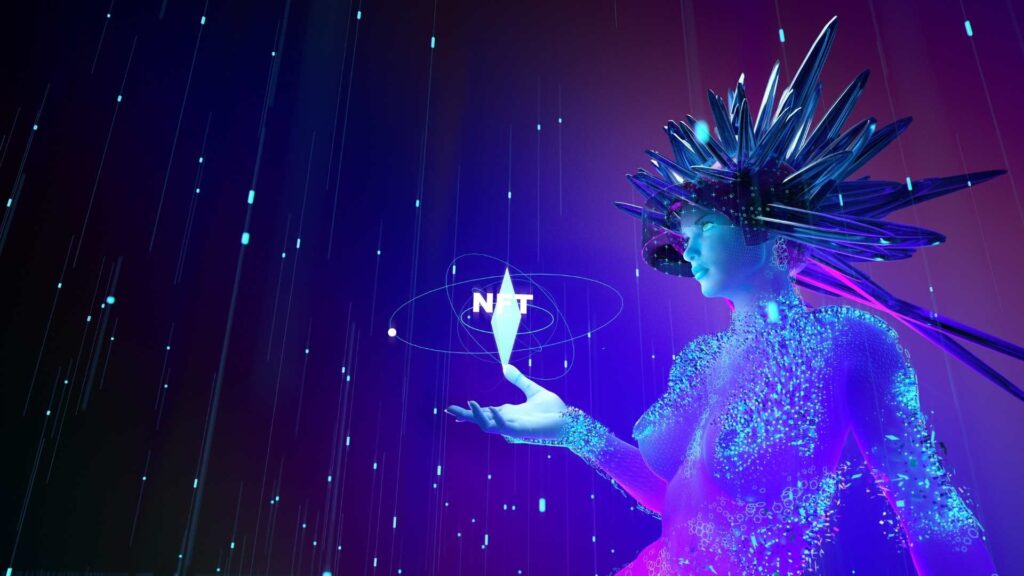
Where there’s originality, Non Fungible tokens come into the picture. NFTs are becoming more and more popular. A non-fungible token represents a unique digital work of art whose authenticity can be verified through blockchain technology.
With NFTs, the representation of the digital artwork becomes free from the risk of forgery and replicas.
Whether NFTs will emerge as a trillion-dollar-plus market or not is still unclear. But one thing that is crystal clear is, that design has always been here and it isn’t going anywhere. Design is a way of thinking that goes beyond any product or system or system.
And the role of design will continue to evolve in the coming years.

